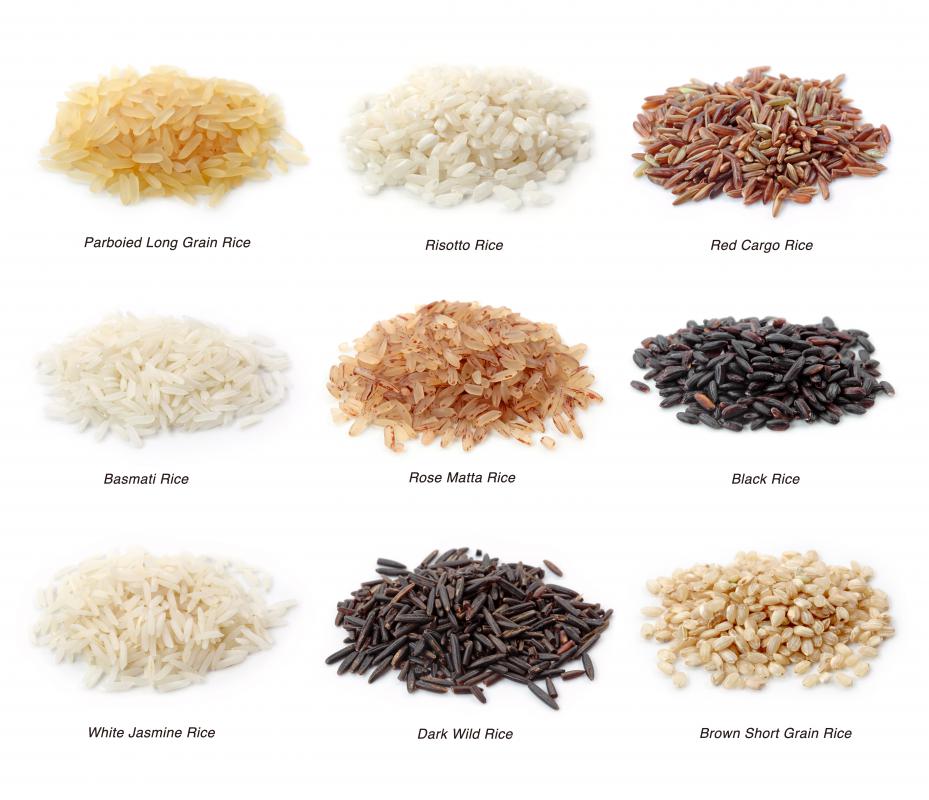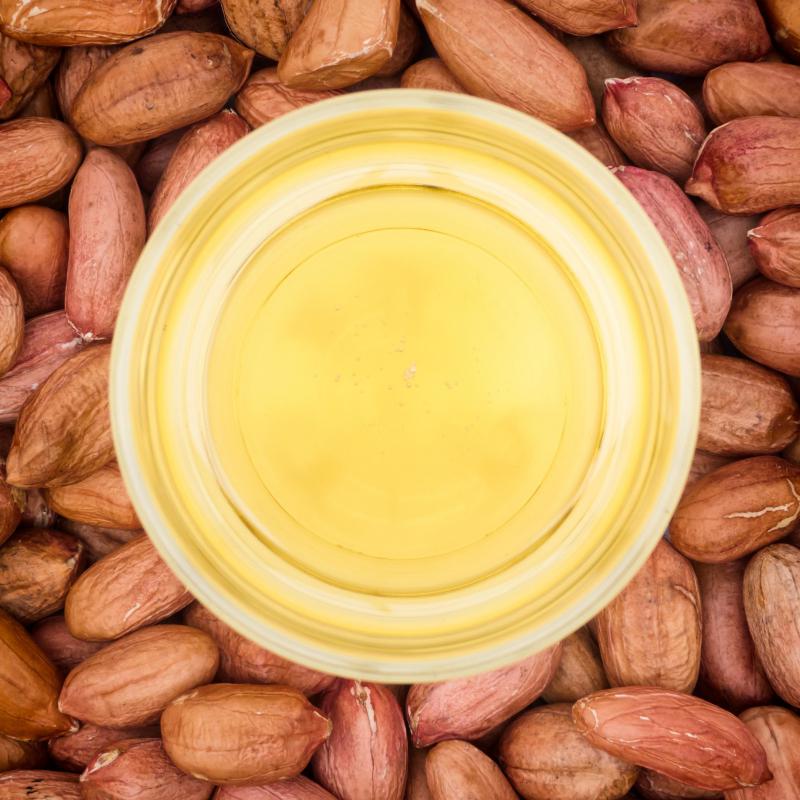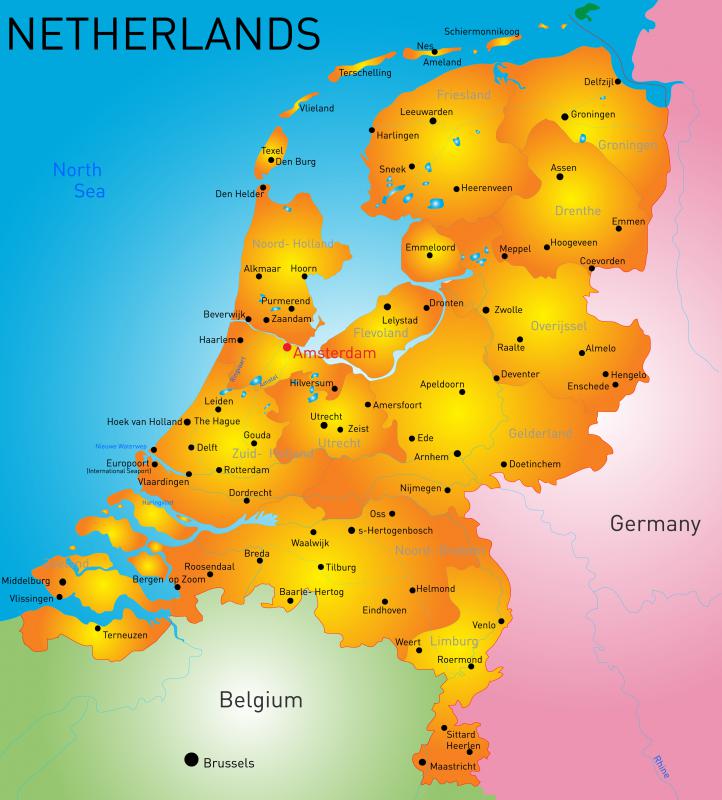At WiseGEEK, we're committed to delivering accurate, trustworthy information. Our expert-authored content is rigorously fact-checked and sourced from credible authorities. Discover how we uphold the highest standards in providing you with reliable knowledge.
What is Nasi Goreng?
Nasi goreng is a fried rice dish that is widely popular in Indonesia and Malaysia. The word “nasi” means rice, and “goreng” means fried. In addition to the basic rice component, nasi goreng may be made with an array of additional ingredients that includes meat, seafood, and vegetables. The fried rice may also be seasoned with various sauces and spices.
As one of the most popular dishes in Asia, nasi goreng is served in many Indonesian and Malaysian restaurants. It is also one of the most popular street foods sold by cart vendors, food stalls, and roadside diners. At celebratory gatherings, nasi goreng is an essential component of festive buffets. In home kitchens, the dish is often eaten for breakfast and is made with leftover rice from the previous night’s dinner.

The main ingredient in nasi goreng is cooked rice that has been allowed to cool. Leftover rice is ideal, as it can be quickly added to the dish without overcooking. Long-grain rice is the best type to use since it is less starchy than short-grain or medium-grain rice and doesn’t become sticky or lumpy.
When it comes to additional ingredients, almost anything goes. One of the most common ingredients is scrambled egg. For seafood, shrimp is the most popular choice, but squid, crab, or chunks of firm fish may also be added. Meats may include beef, pork, or spicy sausages. Diced onions and garden vegetables may also be added to the nasi goreng stir-fry. Chili peppers, garlic, and ginger often add their vibrant flavors to the dish.

Nasi goreng is typically cooked in a large wok with a little peanut or sesame oil to prevent sticking. While the ingredients are frying, they may be seasoned with condiments such as soy sauce, oyster sauce, or chili paste. Popular spices include cumin, coriander, and curry powder.
Religion also plays a part in the ingredients used to make nasi goreng. Indonesia and Malaysia have large Muslim populations that do not eat pork. There are also many Buddhists and Hindus who follow a strict vegetarian diet, so certain nasi goreng recipes contain no meat or eggs.

During colonial times, Dutch traders settled in Indonesia, where they enjoyed nasi goreng as well. The dish was modified according to their European tastes and incorporated into Dutch cuisine. Outside Indonesia, the Netherlands is one of the most likely places to find Indonesian restaurants that serve nasi goreng.
AS FEATURED ON:
AS FEATURED ON:
















Discuss this Article
Post your comments